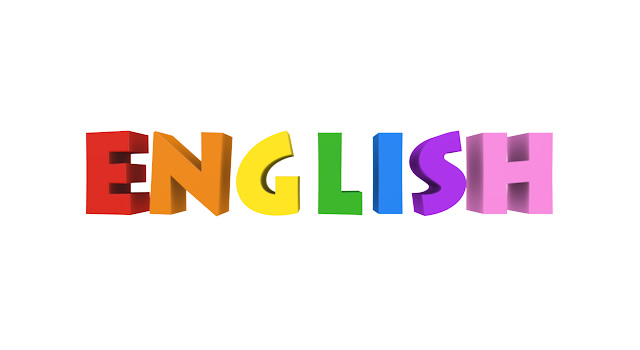SOME HINTS ON FL SYLLABUS DESIGN
As we all know, the second part of the state exams consists of the oral presentation of the programming document and the analysis of a didactic unit. This means that the first requirement we should consider is the need to devise an excellent product that responds to high quality standards of teaching practice, and which is valued by the examiners as innovative, creative and feasible.
The analysis of the Official Announcement (“convocatoria”) usually sets the general guidelines as for the curricular elements that must be present in our programming, together with the legal references at regional level. This document deserves special attention, not only to accomplish the formal aspects already mentioned in the introduction, such as number of pages or typefaces, but also because it encapsulates valuable information concerning the general evaluation criteria that the examiners shall use to measure our programming and oral presentation.
The study of programming design is an indispensable step prior to getting down to business and try our hand with our personal proposal. However, how important is it to learn how to create your own FL syllabus to make the difference? Let us think for a moment about the significance of originality in any kind of staff selection processes; on the whole, the task is to give an oral presentation to some English teachers designated to select the candidates to cover several posts. The power of delivering an effective, original and communicative presentation should not be underestimated, as it gives credibility to the product and demonstrates knowledge about essential aspects in daily teaching practice, like elaborating a FL syllabus.
An interesting reading to understand the methodological shift that the new educational policies promote is the Order ECD/65 21st January, which describes the relations between competences, contents and evaluation criteria. The competence-based approach is grounded on the development of a series of key competences, which are considered indispensable for the individuals´ personal, social and professional advance and progress. The broad concept of competence is conceptualised as “know how to do” in different contexts, thus mobilising the learners knowledge, skills, abilities and attitudes. As stated in the previous order, competence-based learning favours motivation and the own learning processes.
Due to its importance, a competence-based type of learning should be central to any FL programming; therefore, the practical implementation of ICT and active methodologies shall merit full attention throughout this guide. Up to this point, we may conclude that our FL programming must meet certain quality criteria:
- accomplish all the requirements in the OA
- be designed for a specific group of students in a particular socioeconomic and sociocultural context
- consider the natural heterogeneity in any group of children, and the possible cases of specific needs of educational support (SNES)
- be organised according to the peculiarities of the regional curriculum (i.e. relation amongst contents, evaluation criteria and learning standards; possible inclusion of FL objectives; reflection upon the articles dealing with methodological proposals, and the like); and describe clear learning outcomes that really describe what we intend to do with children
- be grounded on a modern communicative perspective of FLT where essential principles like meaningfulness, motivation and active involvement for practical use of the FL are brought to life
- represent a creative English learning proposal which results attractive and “profitable” from a linguistic viewpoint, within the scope of competence-based tasks
- be original and catch the eye of the examiners
A final stress has to be made on the prominent role of technologies as an endless source of inspiration for teachers to create and personalise their materials. It goes without saying that a modern FL programming must comprise a series of digital tools and strategies that evidence mastery on the creation of digital learning environments.
Video by Shae Zavieh




